Description
ALSTOM MCGG22L1CB0753E – Digital Feeder Protection Relay for Overcurrent and Earth Fault
The ALSTOM MCGG22L1CB0753E is a MiCOM-series microprocessor relay used widely on MV feeders and auxiliary circuits where dependable 50/51 and 50N/51N protection is non‑negotiable. From my experience, the MCGG22 variants are typically selected for straightforward, fast overcurrent/earth fault protection with solid disturbance recording and flexible I/O—ideal for substations, industrial switchboards, and retrofit projects that need minimal downtime. You might notice that its event logs and IEC-compliant measurements streamline fault analysis, which in many cases cuts restoration time noticeably.
Our Order Process and Guarantees
- Warranty: 365 days
- Delivery: 1 week if in stock; no more than one month at the latest
- Payment: 50% advance payment; full payment before delivery
- Express Options: FedEx, UPS, DHL
Key Features
- Feeder-focused protection – Typically includes 50/51 and 50N/51N with definite/inverse time curves for MV distribution.
- Programmable I/O – Customizable binary inputs/outputs to match interlocks, alarms, and breaker trip/close schemes.
- CT flexibility – Nominal 1 A or 5 A CT inputs, selectable in settings, simplifying spares and retrofit jobs.
- Event and fault records – Time-stamped events and disturbance records (COMTRADE in many cases) for quick root-cause checks.
- Wide-range auxiliary supply – Typically supports AC/DC wide-range supply, reducing model proliferation in the field.
- Front-port configuration – Convenient front access for settings upload/download, helpful during commissioning.
- Standards-based design – Built around IEC 60255 practices; stable measurements and dependable tripping logic.
Technical Specifications
| Brand / Model | ALSTOM MCGG22L1CB0753E (MiCOM-series feeder protection relay) |
| HS Code | 8536.49.00 (Other electrical relays) |
| Power Requirements (Aux) | Typically 48–250 V DC; 48–240 V AC (wide-range, model-option dependent) |
| Dimensions & Weight | Approx. 4U case; around 177 mm (H) × 106–150 mm (W) × 220–250 mm (D); ~3.0 kg typical |
| Operating Temperature | –10 °C to +55 °C (typical for MiCOM protective relays) |
| Signal Input / Output | CT inputs 1 A / 5 A; earth-fault input; 8–12 digital inputs; 6–10 relay outputs; optional VT input depending on variant |
| Communication Interfaces | Rear RS‑485 (IEC 60870‑5‑103 / Modbus RTU, option-based); front service port for configuration |
| Installation Method | Panel flush mounting; 19‑inch rack mounting with adapter kit; screw/cage-clamp terminals |
Application Fields
The MCGG22L1CB0753E is well-suited for MV feeders, transformer secondaries, capacitor bank feeders, and plant distribution boards. Utilities deploy it for radial and ring main schemes; industrial users typically fit it on process feeders to motors, compressors, crushers, and HVAC substations. One thing I appreciate is how it behaves reliably during nuisance conditions—harmonic-rich loads in mining or oil & gas don’t usually cause spurious trips when settings are tuned properly.
Advantages & Value
- Proven platform – MiCOM-family relays have a long field history, which typically means fewer surprises during commissioning.
- Retrofit friendly – Wide aux supply, 1 A/5 A CT support, and flexible logic reduce redesign work in brownfield panels.
- Compatible protocols – IEC 60870‑5‑103 or Modbus RTU (as ordered) integrate easily with most legacy RTUs and SCADA gateways.
- Downtime savings – Event and disturbance records help protection teams pinpoint issues quickly after faults.
- Service support – Settings management through standard MiCOM tools simplifies backups and change control.
Installation & Maintenance
- Panel/cabinet – Install in a clean, ventilated switchboard (IP54 or better for dusty sites). Maintain clearance for rear wiring and heat dissipation.
- Wiring – Use shielded twisted pairs for comms; follow CT shorting practice; verify CT polarity and burden. 2.5 mm² (or as design) for trip circuits.
- Grounding/EMC – Bond relay case and cable shields at a single point; route control wiring away from power cables where practical.
- Configuration – Commission with secondary injection. Confirm time-current curves, earth-fault sensitivity, and interlocks. Save and archive settings.
- Routine care – Inspect terminals annually; clean front panel; review event logs after disturbances. Secondary injection every 1–2 years is common practice.
- Firmware – Where applicable, keep firmware and settings tools aligned with site standards and change-management procedures.
- Safety – De-energize trip circuits before maintenance; never open CT circuits under load.
Quality & Certifications
- Designed and type-tested to IEC 60255 protection standards
- CE marking; RoHS compliance in most configurations
- Manufactured under ISO 9001 quality systems
- Warranty: 365 days (back-to-base terms apply)
Supporting Components (Recommended)
- ALSTOM MMLG Test Block – Safe isolation and injection testing of protection circuits without disturbing hard wiring; especially handy for periodic maintenance.
- ALSTOM MMXG Test Plug – Mates with the test block to route CT/VT and trip circuits to a test set; reduces human error during injection tests.
- RS‑485 to USB Converter – For laptop connection when a native serial port isn’t available; typically used for settings upload/download.
- 19-inch Rack Adapter Kit – For tidy multi-relay mounting in protection panels with standardized spacing.



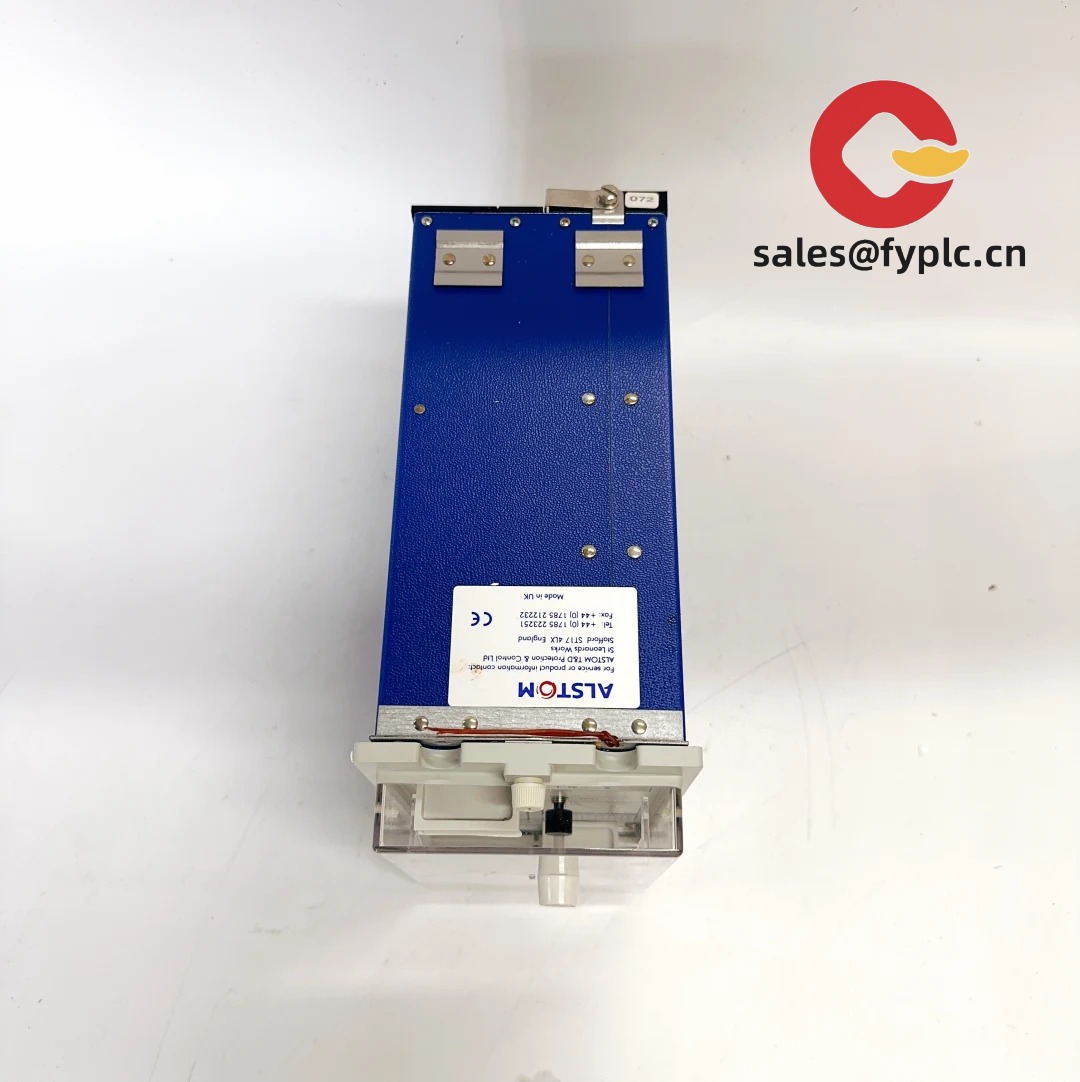
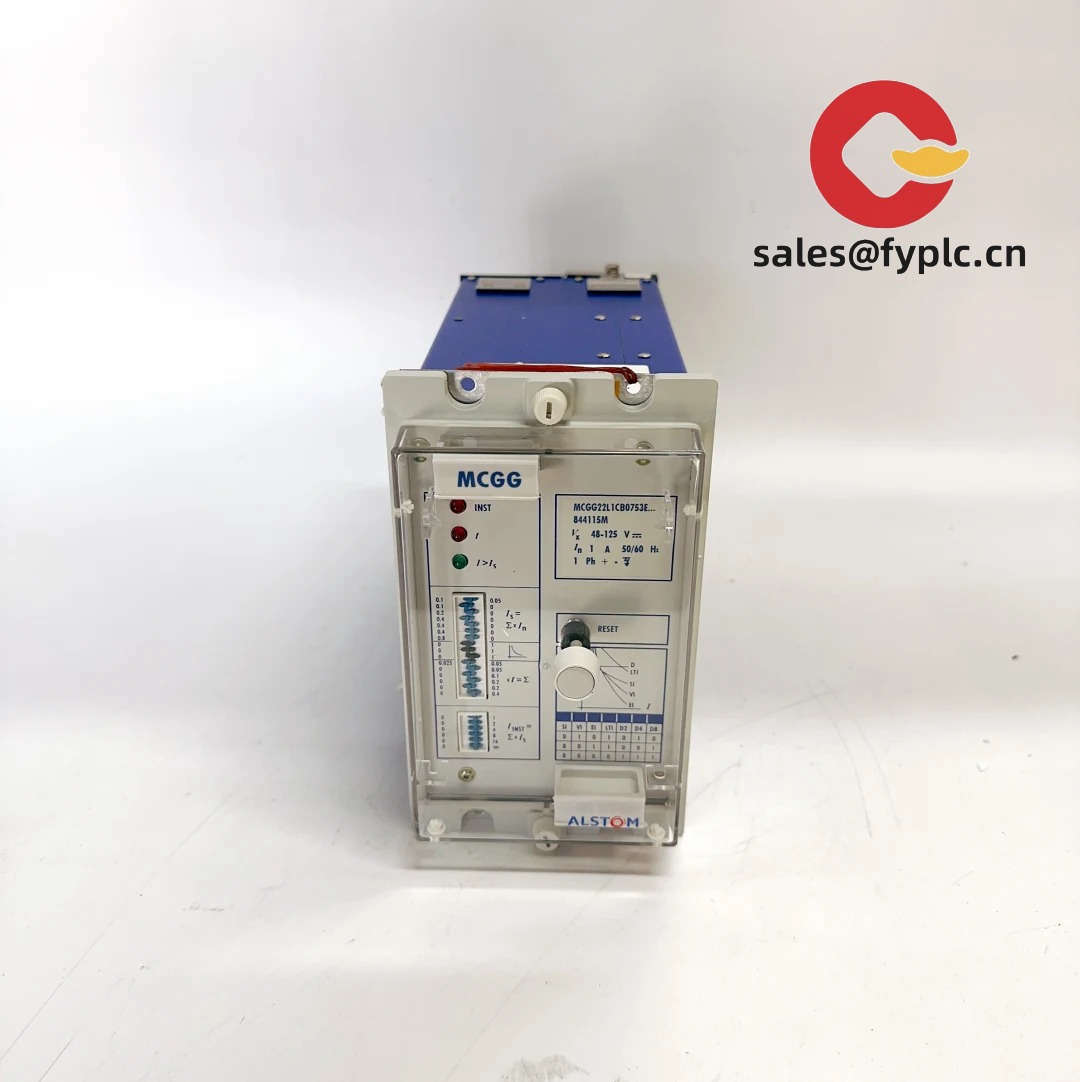
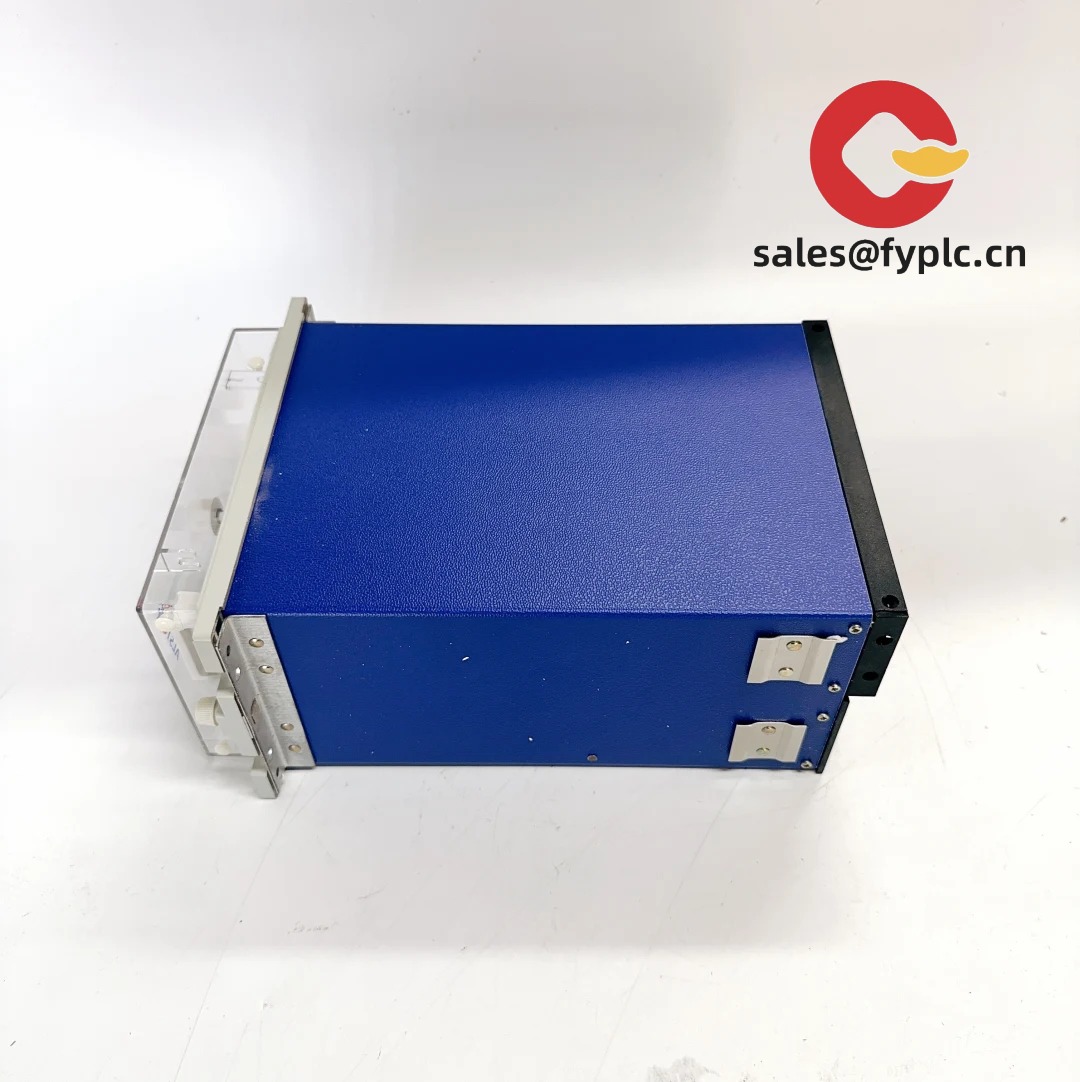
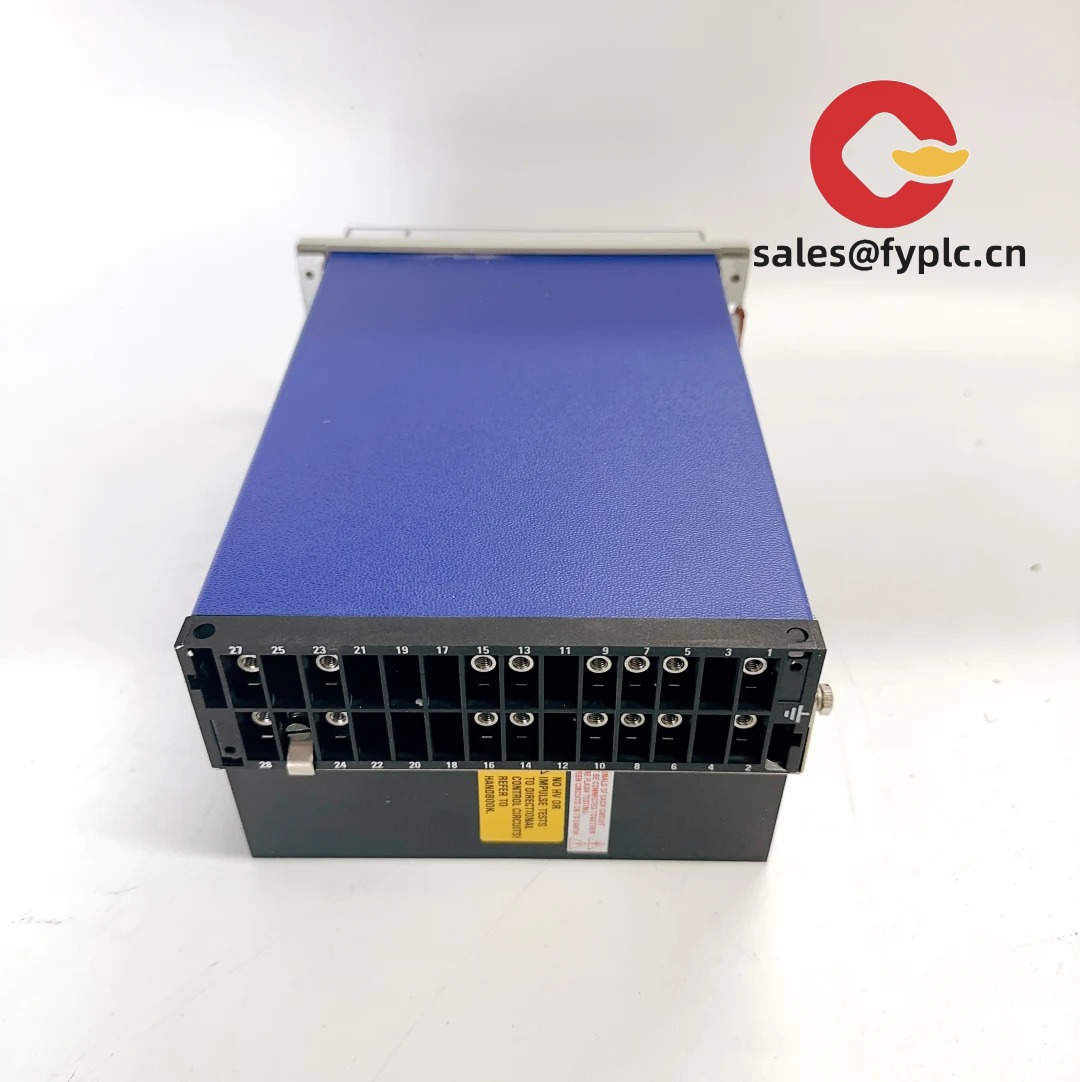


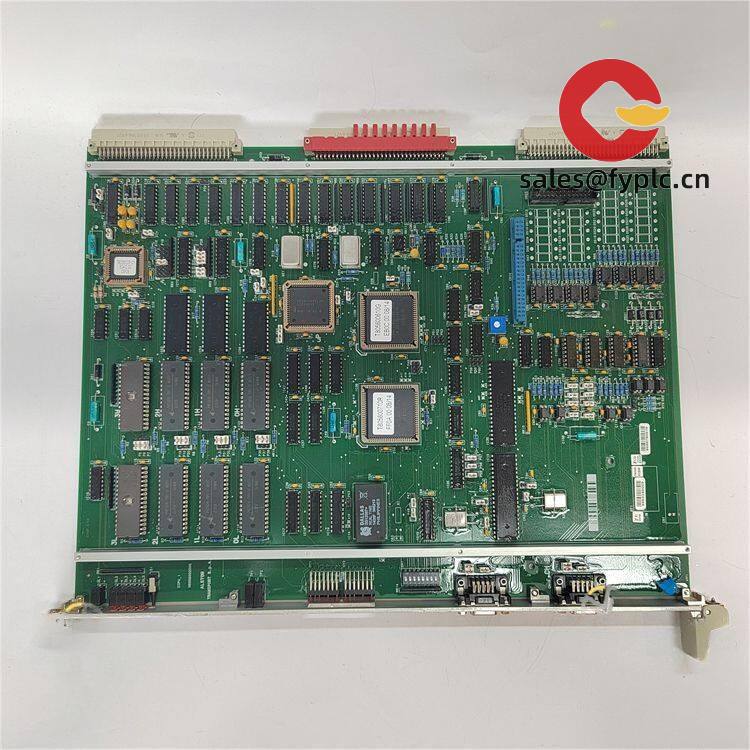
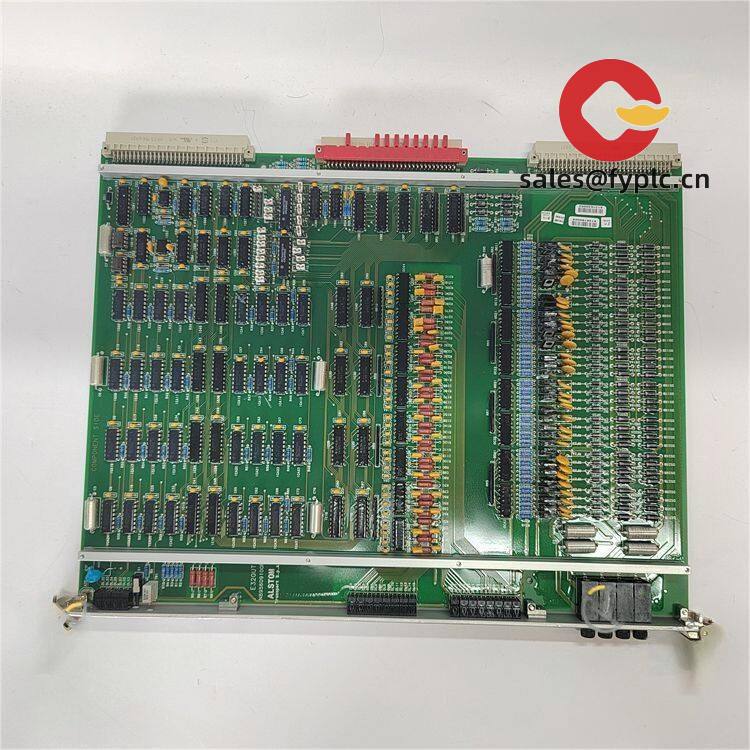
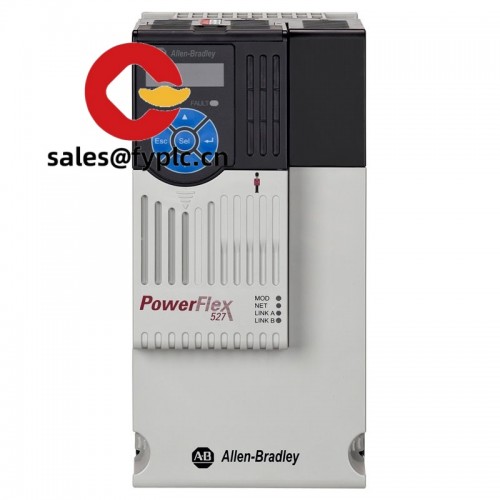
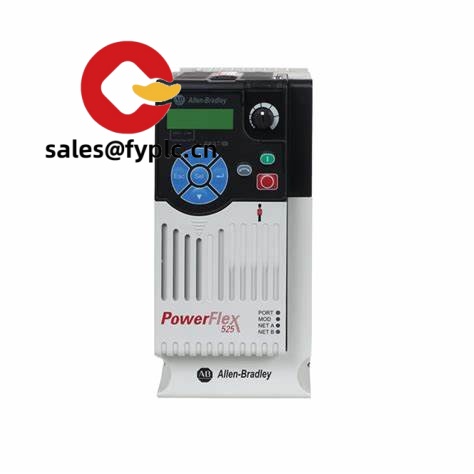
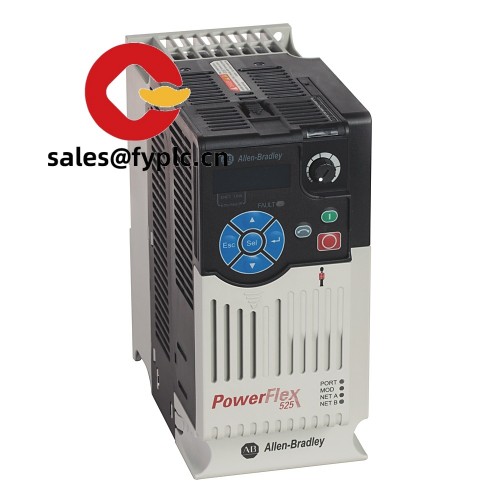
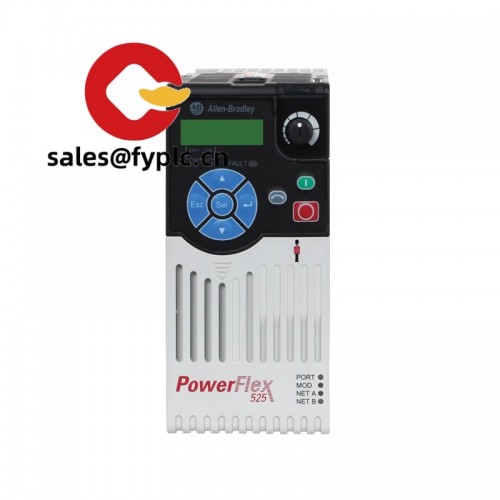



Reviews
There are no reviews yet.